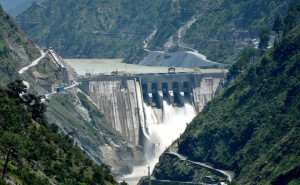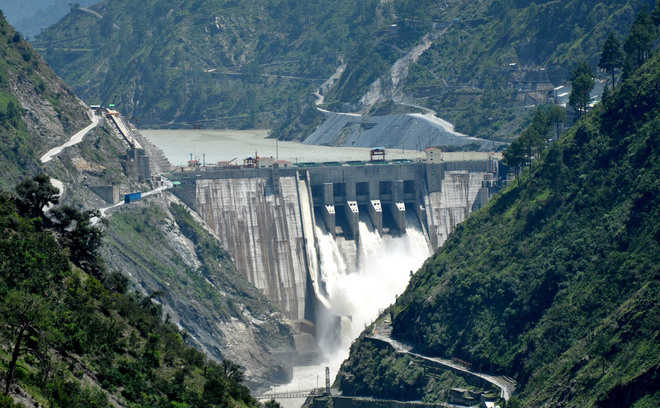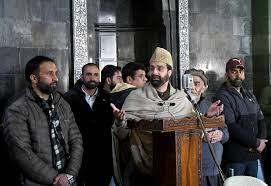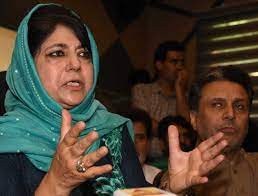Low discharge of water hits electricity generation, eight small hydropower projects still shut
 Scanty rain and less snowfall are set to compound electricity woes of Jammu and Kashmir this summer as the state continues to generate only 50 per cent of its total power generation capacity due to low discharge of water into all major rivers.
Scanty rain and less snowfall are set to compound electricity woes of Jammu and Kashmir this summer as the state continues to generate only 50 per cent of its total power generation capacity due to low discharge of water into all major rivers.
“The generation capacity of the state is 770 MW. Generation has come down drastically to around 400 MW due to low discharge into rivers. We have been running only two turbines of 150 MW capacity each of BHEP-I due to low water level in the Chenab. The generation capacity of other projects has been affected in view of low discharge into rivers,” said a senior official of the Jammu and Kashmir State Power Development Corporation (JKSPDC).
The 450-MW BHEP-II is yet to be put on generation fully despite its inaugurated by Prime Minister Narendra Modi. With its functioning, the energy generation capacity will go up to over 1,200 MW.
The JKSPDC runs 21 power projects, including the 900-MW BHEP (BHEP-I and BHEP-II with 450-MW capacity each) in the state.
The state requires 2,500 MW to meet energy requirements. The state purchases power from the Northern Grid and other resources to meet its power demand.
“At least eight small power projects being run by the JKSPDC with an aggregate generation capacity of around 35 MW have been shut due to low discharge. Generation has been affected by scanty rain and snowfall in the upper reaches of the state,” said the official.
He added that the current electricity demand of the state was nearly 2,000 MW, which was being met by purchasing power from outside the state.
Ajay Gupta, Executive Director (Electric), JKSPDC, said they had been running only two of the six turbines of 150-MW capacity each of BHEP-I and BHEP-II due to low discharge of water.
“Other turbines will be made operational only after snow starts melting, which will increase the water level in the river,” he said. He added that day-to-day power generation depended on the availability of water.
To a query, he said less snowfall and scanty rain “could affect the overall power scenario” of the state in the coming summer.
“The availability of water in rivers is not in our control. Power generation is dependent on discharge of water into the river, snowfall and melting of glaciers. It is a natural phenomenon and the prevailing scenario can disturb the power scenario,” Gupta said.
The estimated hydro power potential of the state is 20,000 MW, of which 16,480 MW has been identified. Of the identified potential, only 2,458 MW (about 15 per cent) had been exploited so far.
It consists of 770 MW in the state sector from 21 power projects, 1,680 MW from four power projects in the Central sector and 17.5 MW from two private-sector projects.
0 0 0 0 share






